Must Reads: How millennials replaced religion with astrology and crystals
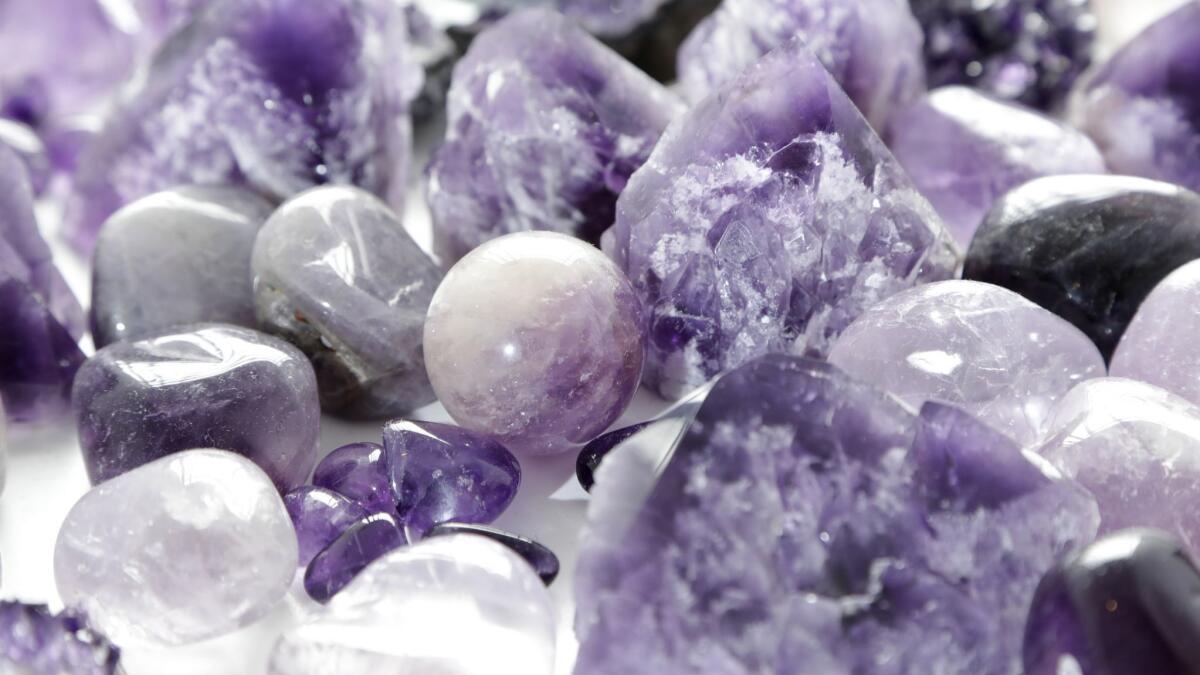
I love myself.
I am beautiful.
It was an unseasonably chilly night for June in Los Angeles. About three dozen people, mostly women in their 20s and 30s, were spending their Friday evening lying on yoga mats on the back patio of a shop a few blocks from Hollywood Forever Cemetery and the Paramount Pictures lot. Attendees had been invited to bring whatever they needed to make the space cozy: Blankets. Pillows. Crystals.
I am powerful.
Ana Lilia was leading them in affirmations, closing out a 90-minute breathwork session celebrating the summer solstice.
I am a bright light.
I am ready to be seen.
Most days, Lilia works with individual clients. In the evenings, she teaches classes or puts on events, such as the solstice gathering. She first got into breathwork four years ago and started taking classes to become a teacher six months later. If you’ve never done it before, it’s a mix of breathing exercises and guided meditations meant to relax you and help connect with your thoughts — a cross between the last 10 minutes of a yoga class and a therapy session that takes place entirely in your head.
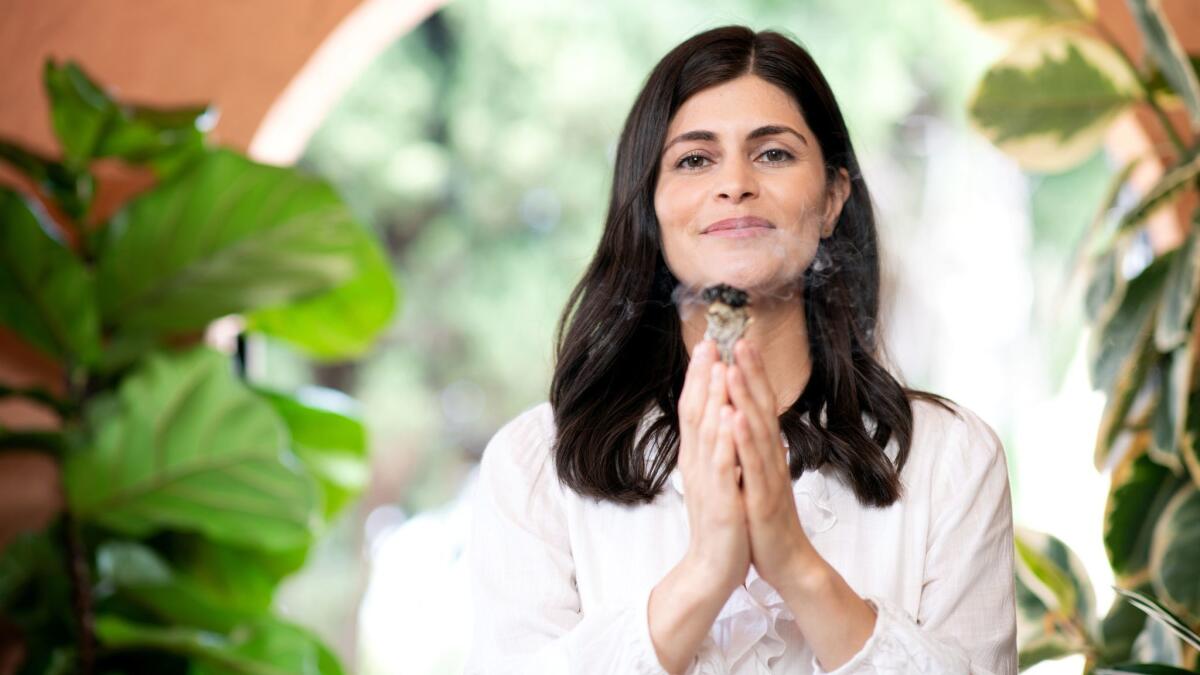
A spiritual shift
She’s one of a growing number of young people — largely millennials, though the trend extends to younger Gen Xers, now cresting 40, and down to Gen Z, the oldest of whom are freshly minted college grads — who have turned away from traditional organized religion and are embracing more spiritual beliefs and practices like tarot, astrology, meditation, energy healing and crystals.
And no, they don’t particularly care if you think it’s “woo-woo” or weird. Most millennials claim to not take any of it too seriously themselves. They dabble, they find what they like, they take what works for them and leave the rest. Evoking consternation from buttoned-up outsiders is far from a drawback — it’s a fringe benefit.
“I know this work is weird,” Lilia said of her breathwork practice. “But it makes me feel better and that’s why I keep doing it.”
The cause behind the spiritual shift is a combination of factors. In more than a dozen interviews for this story with people ranging in age from 18 to their early 40s, a common theme emerged: They were raised with one set of religious beliefs — Catholic, Jewish, Buddhist — but as they became adults, they felt that faith didn’t completely represent who they were or what they believed.
Millennials increasingly identify as “nones” when asked about their religious affiliation, according to a 2017 Pew survey: They are atheist or agnostic, or say they are “spiritual but not religious.”
But yes-or-no survey questions don’t tell the whole story, says Diane Winston, the Knight Chair in Media and Religion at the Annenberg School for Communication at USC. Just about every society throughout human history has developed traditions and practices. That’s not a coincidence, she said: “People are inherently religious or spiritual.”
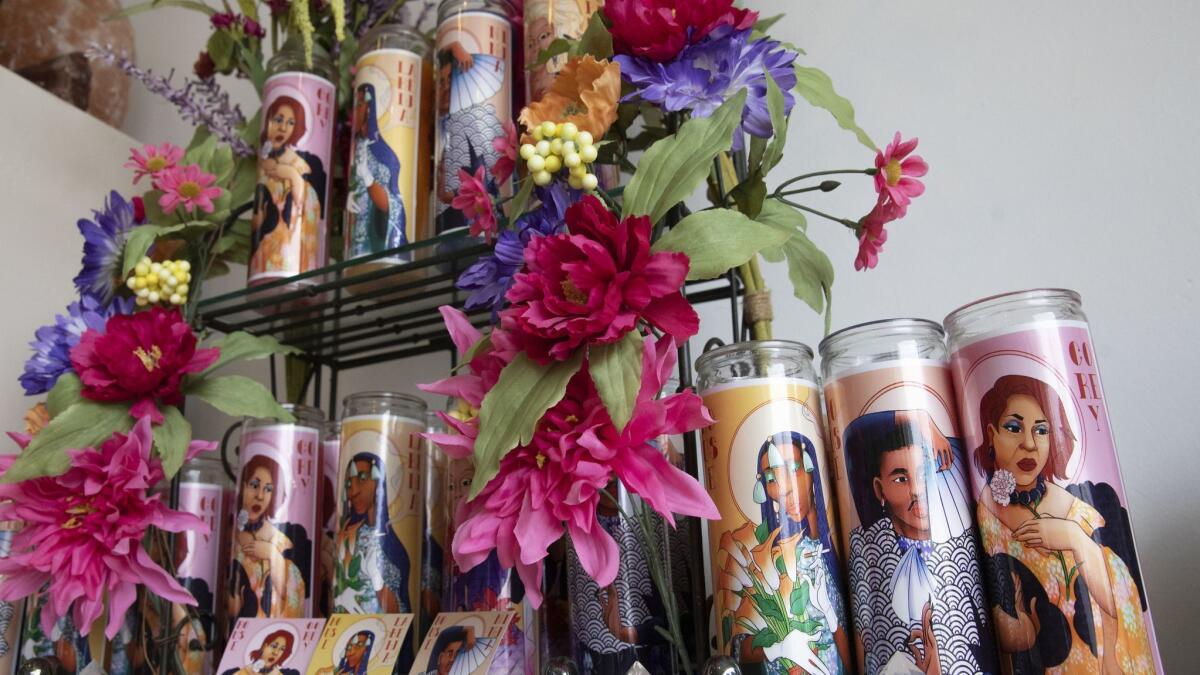
Today, young people still seek the things that traditional organized religion may have provided for their parents or grandparents: religious beliefs, yes, but also a sense of community, guidance, purpose and meaning. But it can be hard for young people to find those things in their parents’ religions. So they’re looking elsewhere.
On top of that, a lot of younger people feel alienated by mainstream religion — by attitudes toward LGBTQ people and women, by years of headlines about scandals and coverups, or by the idea that anyone who isn’t part of that religion is inherently bad or wrong.
Related: The working witches of Los Angeles just want you to be your best self »
One of the big draws for younger people about spiritual practices is the ability to “pick and choose,” said Jim Burklo, a progressive Christian reverend who works with college students as the senior associate dean of the Office of Religious and Spiritual Life at USC. Spiritual practices appeal to the commitment-wary: You can get a little into crystals or astrology or tarot, or a lot into it. You can buy a few rose quartzes or light a few candles and if it’s meaningful for you, keep it; if not, it’s not like you went through a full religious conversion.
“This is a worldwide, but certainly American, trend toward heterodoxy — toward individuals cooking up their own spiritual or religious stew and cooking it up their way,” Burklo said. “You’re seeing an aggregation of disaffiliation, people coming up with their own meaning-making and their own personal spiritualities.”
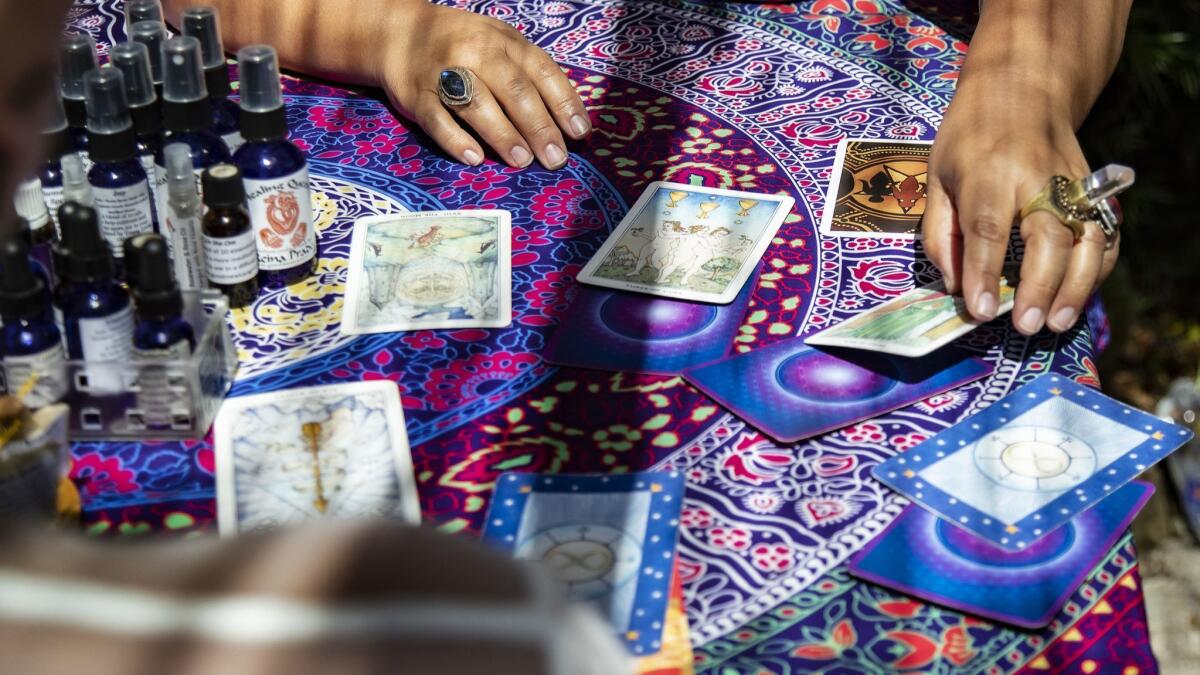
Starry-eyed on social media
Astrologer Chani Nicholas said social media has helped guide the way for a lot of young people. Nicholas is based in L.A. and has just shy of a quarter million followers on Instagram. The majority of her social media following is people ages 25-34, solidly in millennialia.
Before the internet, people who held beliefs outside the mainstream — religious, political or otherwise — lacked a public way to connect with one another. With social media, she said, divinatory practices like astrology, crystals and tarot have been able to take up space in a public conversation. It helps that they all look great on Instagram.
Young people have grown up contending with a major recession, climate change and a more general awareness of seeing a political and economic system that many feel hasn’t benefited them, Nicholas said, so it’s not surprising that they’re pushing back against those systems at the same time they’re exploring nontraditional religious beliefs and finding ways to integrate it all.
Nicholas was raised Jewish and still practices the tradition of honoring the new moon, which she brings into her astrology practice — what she calls “a way of being ritualistic that isn’t dogmatic, isn’t sexism, doesn’t have this history of empirical violence.”
“I think that it’s a yearning to return to something. There’s a rejection of things that don’t work,” Nicholas said. “Socialism isn’t new, and astrology definitely isn’t new, and earthly spirituality or living in accordance with the earth’s rituals isn’t new, it’s ancient. I think we’re yearning for something that technology cannot give us, that capitalism cannot give us.”
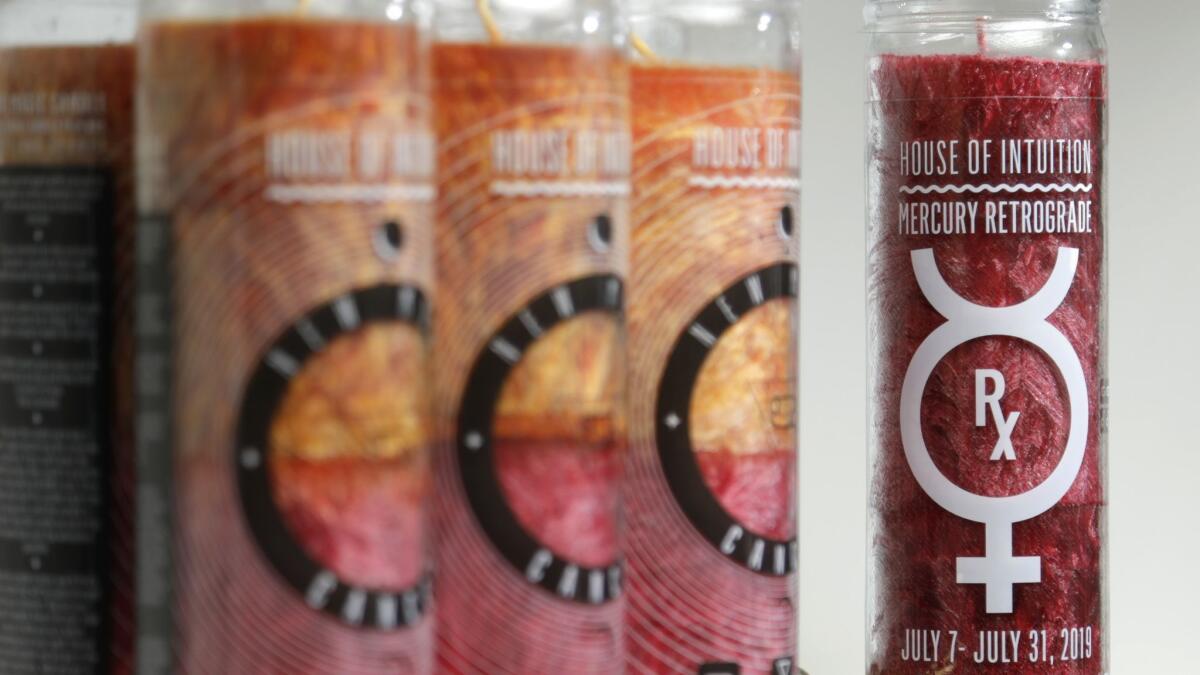
But capitalism is certainly trying.
The astrology-and-crystals trend is one of those things that, once you start noticing it, is suddenly everywhere. Raw crystal and astrology-inspired jewelry and decor dominate Instagram. At a fashion show in L.A. for Mother Denim’s new capsule collection, Mystical, attendees received a velvet pouch packed with crystals, with accompanying cards indicating their meaning. Retired L.A. Laker Dennis Rodman was accused in May by a Newport Beach yoga studio of helping to steal a 400-pound amethyst crystal. The New Yorker published a satirical piece titled “Healing Crystals and How to Shoplift Them.”
Looking to the stars has made landfall in the tech world as well: Facebook recently announced its new cryptocurrency, Libra.
The astrology iOS app Co-Star, which recently raised a $5.2 million seed round to launch an Android version, sends users push alerts with fun, social-media-friendly daily horoscopes ranging from the innocuous (“It’s going to be OK.” “Drink water.”) to the lightly deranged (“Be someone’s service animal today.” “Start a cult.”).
Another astrology start-up, Sanctuary, raised $1.5 million and launched on March 20 — a date set to coincide with the start of the new astrological year. New York magazine called the app’s largely millennial user base “The Astrology Generation.”
On Twitter, people crack jokes about both Keanu Reeves and John Wick being Virgos, and assign zodiac signs to digital media companies. (For the record, the first issue of the L.A. Times was published on Dec. 4, 1881, making this newspaper a solid Sagittarius.)
The campaign for millennial and Democratic congressional representative Alexandria Ocasio-Cortez responded to a request from an astrologer named Arthur Lipp-Bonewits. He wanted to find out what time she was born so that her astrological birth chart could be established. The youngest person ever elected to Congress was born on Oct. 13, 1989, at 11:50 a.m. Eastern time. She’s a Libra.
A spiritual lifestyle
If you’d rather buy your crystals and make personal connections in the real world, L.A. has options. At a time when brick-and-mortar stores are broadly in peril from online options, the mysticism business is thriving.
Leah Garza would have described herself as a lifelong skeptic of all things metaphysical in 2015, when she lost her job teaching at a charter school. While job hunting, Garza, who lives in East Hollywood, decided to take classes on a few different things, including spirituality, and upgraded her hobby making crystal jewelry into a side hustle.
Growing up, Garza said she was never particularly religious — her parents were Christian but not devout when she was growing up — and as she’s advanced her spiritual practice, she said she feels even more disconnected from traditional organized religion.
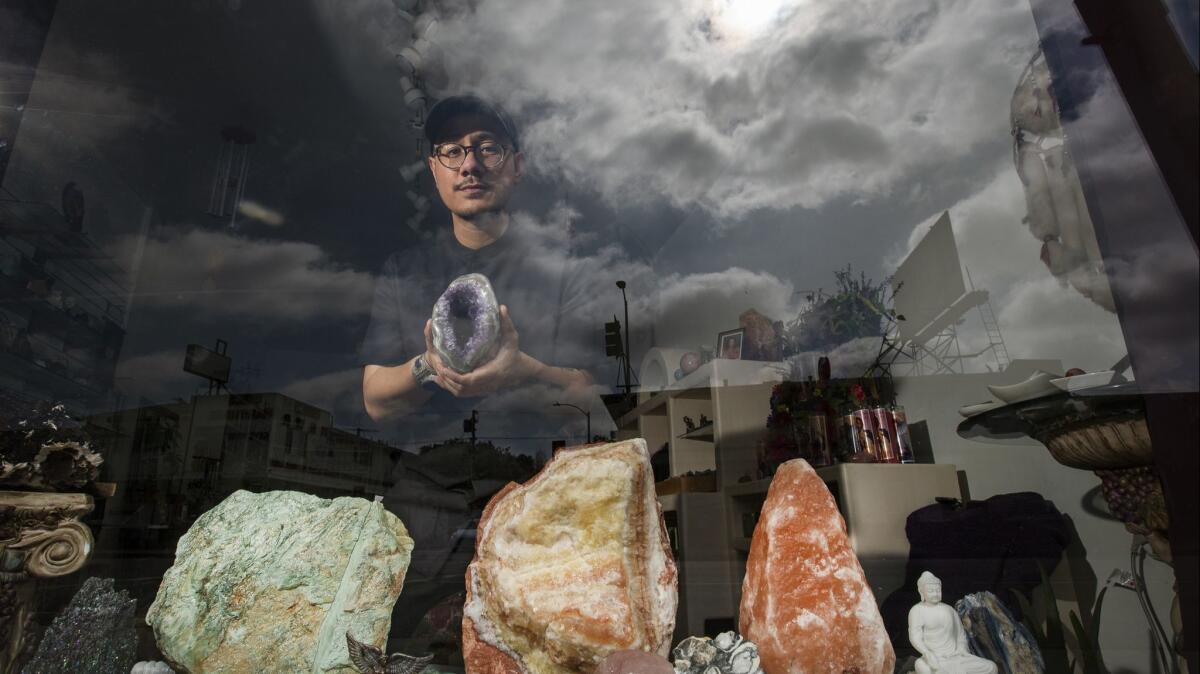
“Unlike in certain dogmatic religions where there’s a right and wrong way to be a practitioner, there isn’t that in these nondenominational spiritualities, which I think is so beautiful,” Garza said. “There isn’t one way to be a human being.”
Today, she’s the cohost of a podcast called “We Are Power Crystals.” She does readings and workshops and sells jewelry and products through her business, Crystals of Altamira, and at Mostly Angels L.A., a metaphysical shop in Beverlywood that leans into its younger audience, selling crystal-enhanced beauty products, candles with RuPaul on them (which were a hit at DragCon) and pendants where the packaging reads, “My intuition dismantles the patriarchy.”
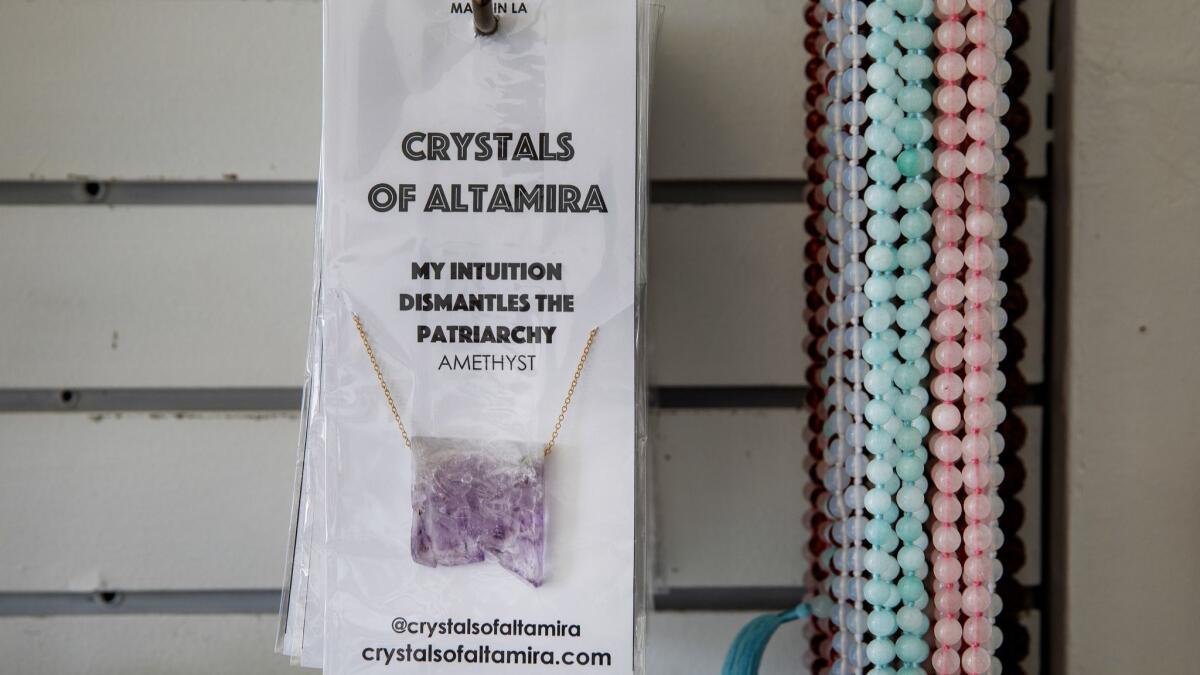
Alex Naranjo and Marlene Vargas opened the first House of Intuition shop in Echo Park in 2010. At the time, the couple envisioned growing old together in rocking chairs on the front porch, enjoying being on a first-name basis with their small but loyal customer basis. But it didn’t quite work out that way.
House of Intuition now has six locations around L.A., three of which opened in 2018. A seventh is coming to North Hollywood in July, and two more nearby locations are being eyed to launch before the end of the year. Their first out-of-state store is slated to open in Miami in the fall.
In the past three or four years, business has exploded with people in their 20s and 30s.
“The younger crowd is definitely our full force, especially on Instagram,” Vargas said. She said it seems like young people have taken the time to learn more about spiritual stuff, and they’re ready to teach.
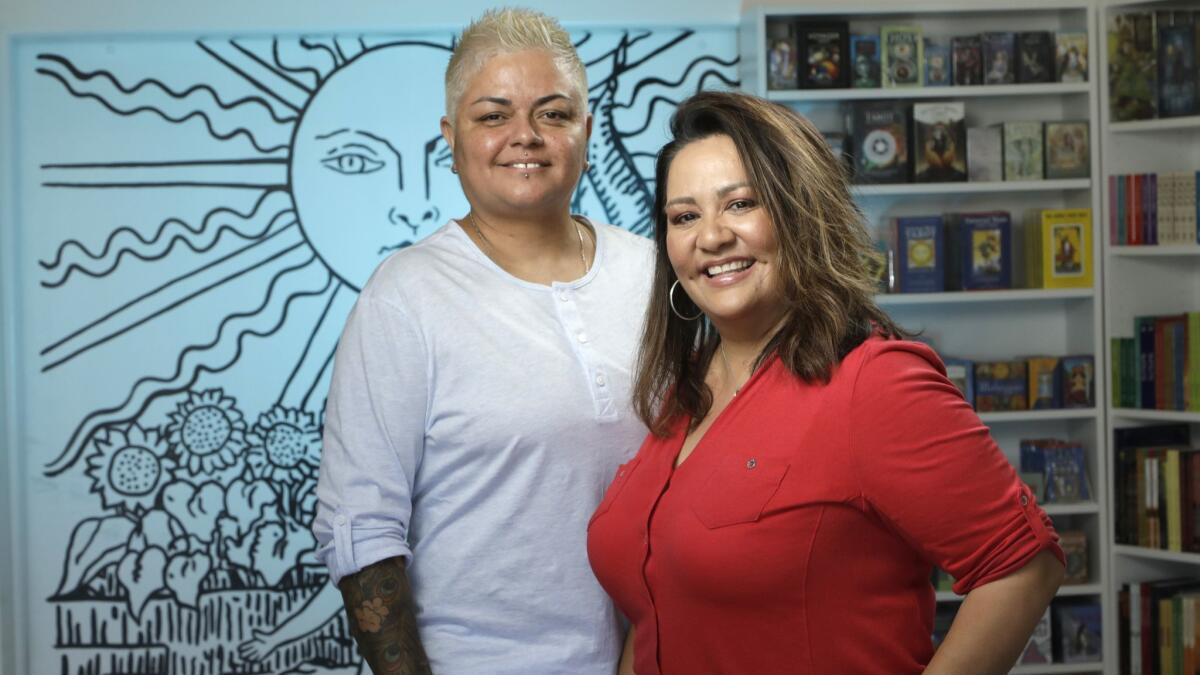
People like Ana Lilia, the breathwork instructor.
The oldest daughter of Catholic Mexican immigrants, Lilia said talking to her parents or her catechism teachers about any kind of alternative beliefs was made to feel like a sin.
“I felt shut down. I felt like I wasn’t supposed to talk or question anything, that I needed to accept what was said,” said Lilia, who grew up in Napa. “I just didn’t feel empowered.”
But at the same time, she said, her heritage lent itself to spirituality in ways she didn’t think her family was ready to acknowledge: “Being Mexican, we have a lot of magic in our culture, and it’s this fusion of Catholicism but also our ancestral ways of healing that just coexist.”
A few years ago, Lilia tried a breathwork class for the first time. Her first experience was intense: She said she cried the whole time. But when it was over, “I felt physically lighter. The colors outside looked brighter. I was hooked.”
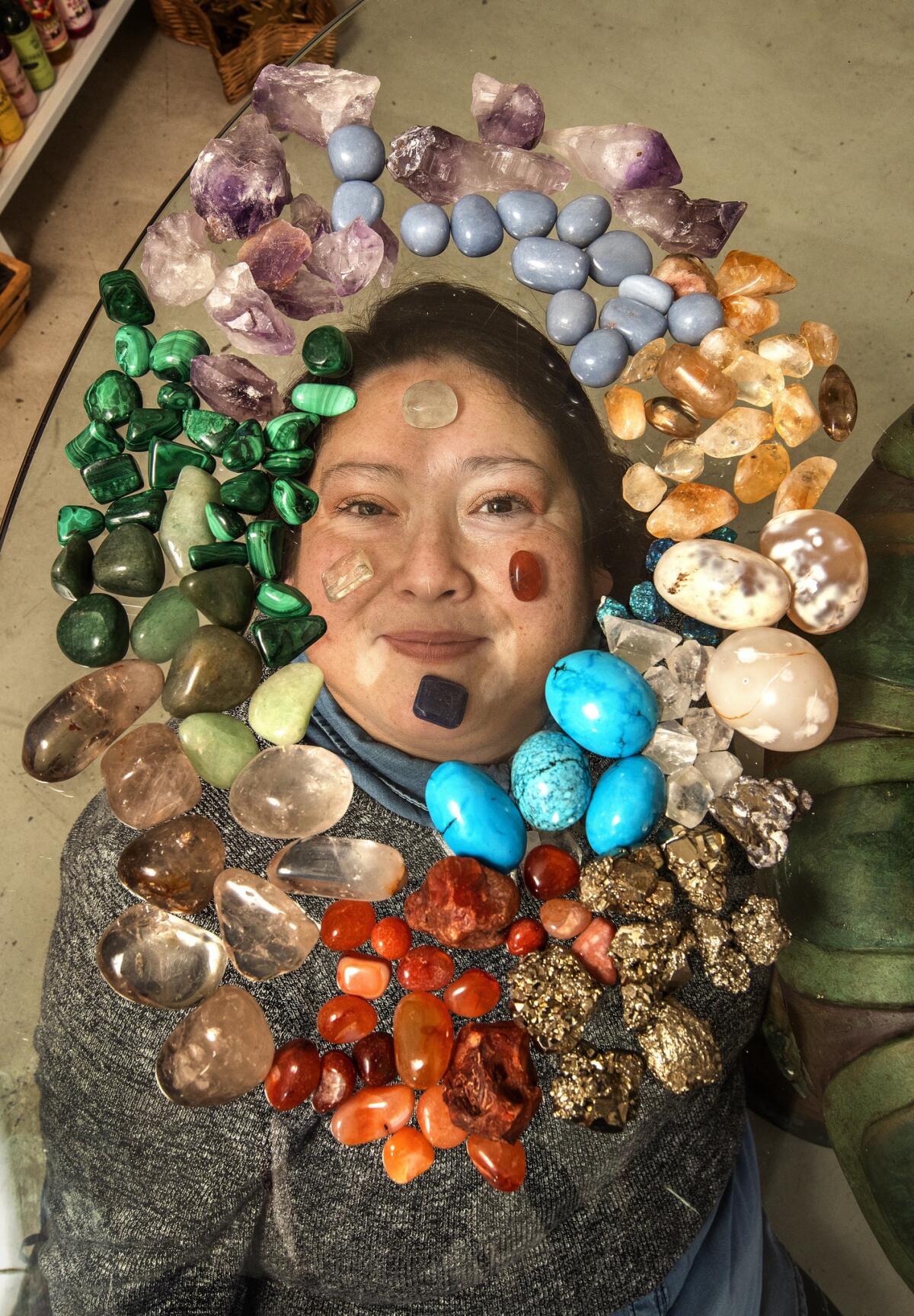
Since then, she’s gotten into meditation, which she does for 20 minutes every morning. She likes to use crystals in her breathwork practice and offers clients a tarot deck to pull a card to consult for guidance after sessions.
The majority of people who attend her classes are women in their 20s and 30s. She said she’s noticed a shift in millennials and Gen Zers being willing to embrace — or at least try out — alternative practices like hers.
“What I love about young people is that they are so open to it, they’re willing to explore without judgment,” she said. “They have just a different perspective on life and are really open to exploring and healing and growing.”
As people gathered for the solstice session, two of the participants recognized each other from a previous breathwork circle. Another two women decided which yoga class they’d drop in on that weekend. A group of young women, most in USC sweatshirts, chatted while looking at their phones up until the moment Lilia started talking.
She asked people to take a pen and a piece of flammable wish paper and write down negative things, things they were ready to let go of. Then everyone passed around a lighter and an enamel bowl. One by one, they ignited the bad things, watching them crisp into embers and float away.







